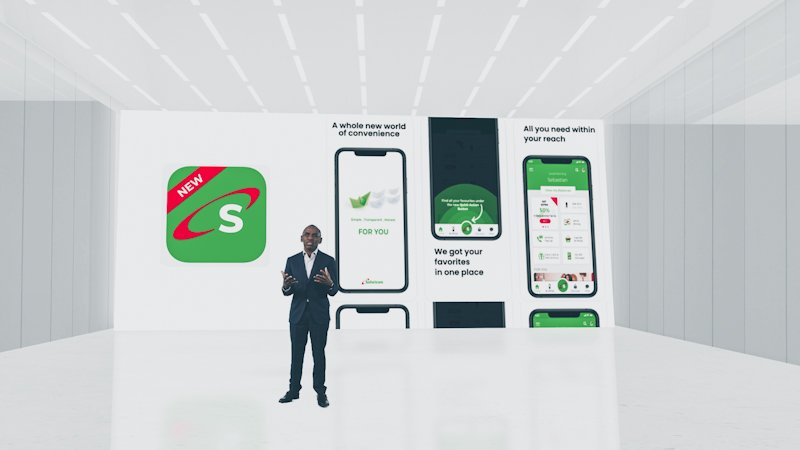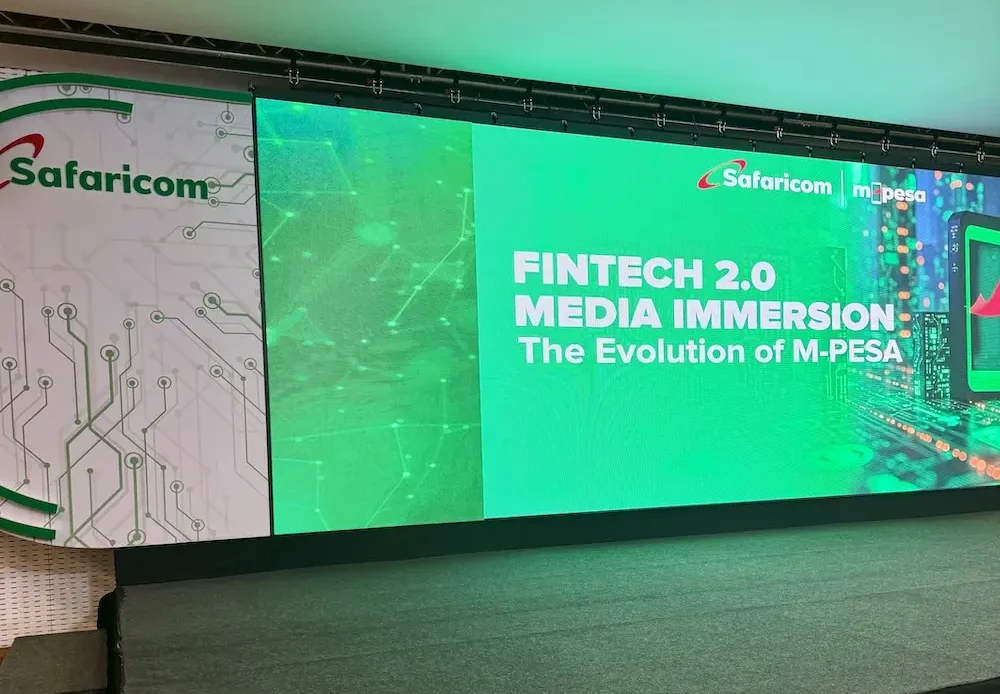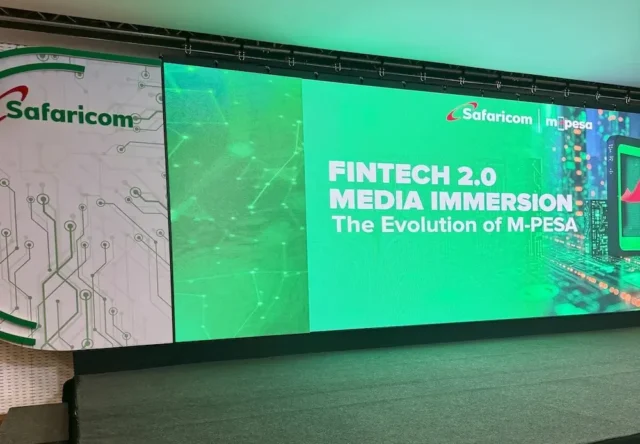Safaricom has taken a bold step in rewriting the future of mobile money in Africa. The company has rolled out Fintech 2.0, the largest upgrade to its M-PESA platform since the service launched almost two decades ago. This transformation is more than a software update—it is a strategic leap meant to future-proof Africa’s leading mobile money service against rising demand, security challenges, and the fast-changing digital economy.
Group CEO Dr Peter Ndegwa described the new system as a “foundation for the future.” He stressed that the upgrade is designed not only to process transactions faster but also to deliver greater resilience, security, and innovation capacity. For millions of Africans who depend on M-PESA daily—from market traders in Nairobi to freelancers in Lagos—this represents a promise of smoother, safer, and more reliable financial services.
Table of Contents

What Makes Fintech 2.0 Different
At the heart of the upgrade is a re-engineered core platform that expands M-PESA’s muscle and agility.
- Faster transactions: The platform now supports 6,000 transactions per second, up from 4,500. It can scale to 12,000 as demand grows. This ensures fewer delays, even during peak usage.
- Resilient infrastructure: Built on an active-active multi-site architecture, the system guarantees continuity, so users experience minimal disruption even in the event of outages.
- Cloud-native technology: By moving to a cloud-based system, Safaricom can roll out new features more quickly, scale resources on demand, and strengthen security.
- Artificial intelligence integration: AI tools have been introduced to monitor transactions in real time, detect fraud instantly, and apply self-healing solutions when technical hitches arise.
These features are not just about performance; they lay the groundwork for a wider ecosystem. With Fintech 2.0, M-PESA can support savings products, credit facilities, insurance, cross-border payments, and even e-commerce solutions more efficiently.

Why the Upgrade Matters for Africa
Africa is home to one of the most dynamic fintech landscapes in the world. For many people on the continent, mobile money is not just an option—it is the only reliable gateway to financial services. Traditional banking infrastructure remains patchy, particularly in rural and semi-urban areas. M-PESA has been the bridge that connects millions of households to the financial system.
The Fintech 2.0 upgrade, therefore, has far-reaching implications:
- Deeper financial inclusion: By handling more transactions faster and more securely, M-PESA can onboard more users, especially in underbanked regions.
- Business empowerment: Small traders, ride-hailing drivers, and gig workers will benefit from reduced downtime and seamless payments. For businesses, trust in digital payments means better cash flow and growth.
- Cross-border growth: As African economies become more integrated, especially under the African Continental Free Trade Area (AfCFTA), M-PESA’s enhanced capacity can make regional trade smoother and more transparent.
- Security and trust: With AI-driven fraud detection and stronger system resilience, customers and partners can transact with confidence.
For a continent where over 60% of adults remain outside formal banking systems, an upgraded M-PESA is not just a corporate milestone—it is a lifeline for economic participation.
The Challenges and the Road Ahead
Despite its scale, the Fintech 2.0 rollout is not without hurdles. Major system overhauls can sometimes face teething problems, such as temporary service interruptions or user adaptation issues. Safaricom must ensure that customers understand the changes and continue to trust the platform.
Regulation is another critical piece. African countries have different financial rules governing data, cross-border payments, and consumer protection. For M-PESA to expand its services seamlessly, Safaricom will need to collaborate with regulators across the continent.
Infrastructure gaps also remain a challenge. While the platform itself is cloud-native, its success still depends on internet access, smartphone penetration, and stable electricity. Bridging these gaps requires collaboration between telcos, governments, and private sector players.
That said, the opportunities outweigh the risks. Safaricom is already positioning Fintech 2.0 as a launchpad for partnerships with startups, banks, and e-commerce platforms. The upgraded system gives it the agility to co-create new services that respond to Africa’s unique needs—from micro-insurance for farmers to instant international remittances.

Conclusion
Safaricom’s Fintech 2.0 upgrade is more than a technical enhancement—it is a statement of intent. It signals that Africa’s largest mobile money platform is preparing not just for today’s challenges but also for the future of digital finance on the continent.
If successfully executed, this move could redefine Africa’s financial landscape, leading to deeper inclusion, stronger trust in digital platforms, and faster growth for small businesses and regional trade. In many ways, the upgrade is not just about Safaricom—it is about Africa’s journey towards a more inclusive, secure, and connected digital economy.
For millions of Africans who rely on M-PESA daily, the future just got a lot more promising.
Join Our Social Media Channels:
WhatsApp: NaijaEyes
Facebook: NaijaEyes
Twitter: NaijaEyes
Instagram: NaijaEyes
TikTok: NaijaEyes
READ THE LATEST EDUCATION NEWS





